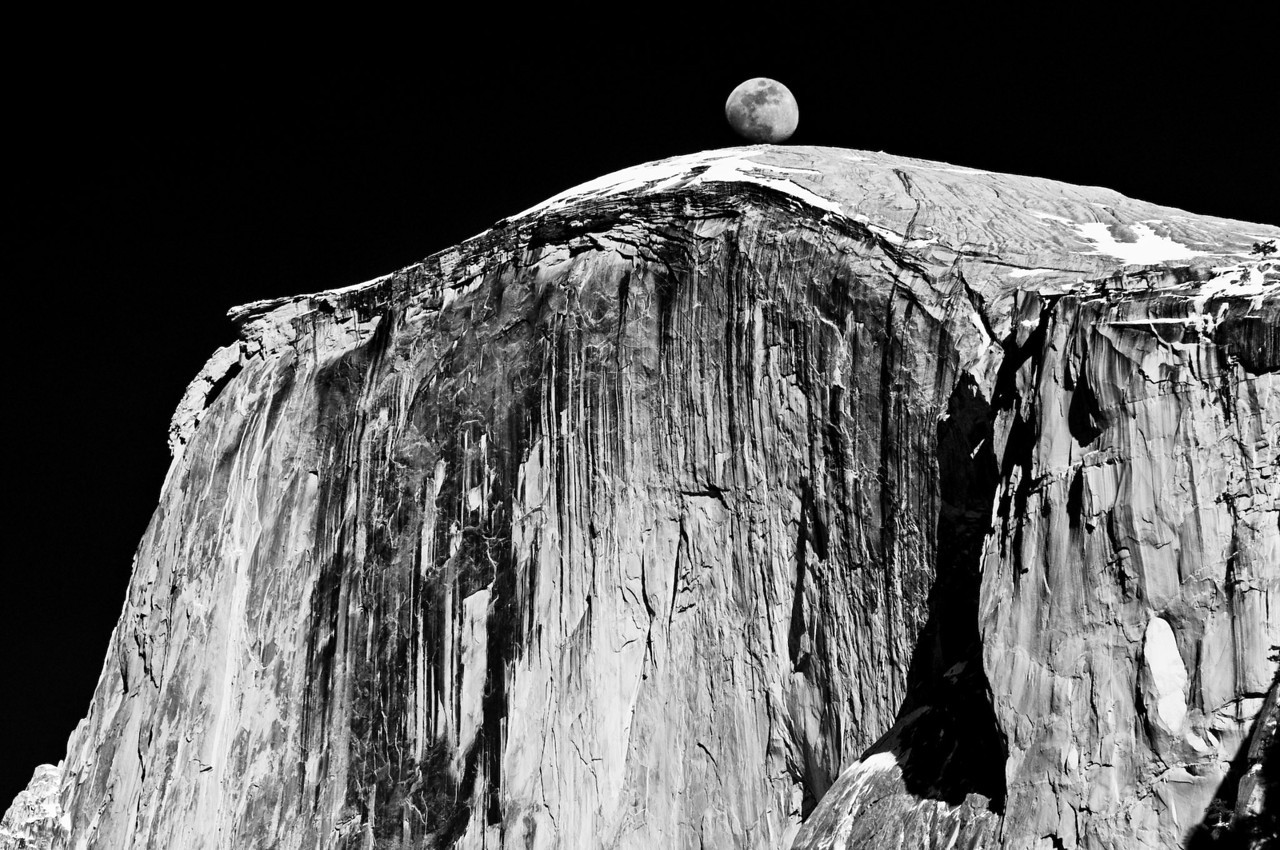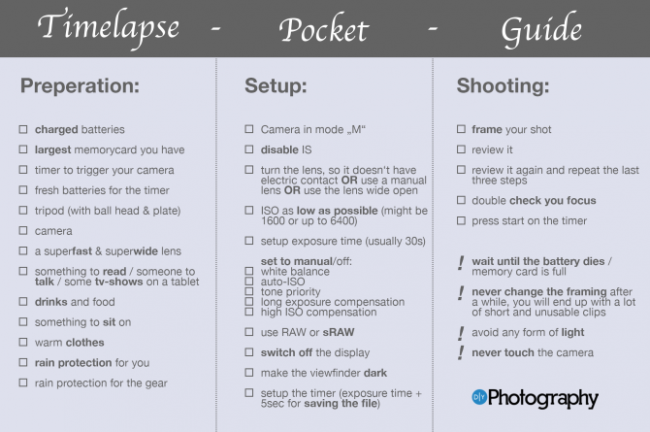

If you missed this weekend’s Supermoon, it’s okay because there are five this year and you still have two more opportunities before the year is out. The next supermoons can be seen on August 10th and September 9th, so you have a few more weeks to prepare to get the perfect shot or timelapse.
A supermoon is when there is a full moon that is at its closest point to the Earth in orbit. What we see on Earth is a very large and beautiful full moon. (In reality, just a few % larger, and a couple % brighter, to be honest…) Either way, this means you should be photographing it and making awesome timelapse videos, so people like me who don’t get along with nature, can sit and enjoy them from the comfort of my couch.
Stefan Kohler over at DIY Photography has created this handy pocket guide for timelapse photography, which you can download over on their site.

They also give a really nice breakdown in case you’re just starting out in timelapse astrophotography. You can check out their full article full of helpful tips over on their site.
Our ‘Master of Timelapse Photography in the Middle of Nowhere’ author, Matthew Saville, also has some great timelapse and astrophotography tutorials here on SLR Lounge which can also help you plan for capturing some footage of next month’s supermoon. Among a few of my favorites:
HOW TO EDIT ASTRO TIMELAPSE IMAGE FRAMES
In the following video, Matt uses Lightroom 5 to quickly prepare a few hundred images to be turned into frames of a timelapse sequence. He talks about things to look out for when editing a timelapse where the light may change dramatically over the course of a few hours, even if your camera settings do not.
This next video is specifically for a meteor shower, but still has some useful tips on night photography such as what lenses are best for astrophotography as well as tips on camera settings.
GET READY FOR THE 2014 LYRID METEOR SHOWER! – TIPS FOR GREAT METEOR SHOWER PHOTOS
If you want to go out before August and do some practicing on astrophotography, here are a few great articles that give some tips on shooting:
- LONG EXPOSURE STAR TRAILS ON A MOONLESS NIGHT
- VANCOUVER MOONRISE AT SUNSET – HOW WE SHOT IT
- LUNAR ECLIPSE STAR TRAIL – HOW WE SHOT IT.
You might also want to check out Lightstalking’s “How To Master Night Sky Photography” guide for some useful information.
Enjoy and don’t forget to put August 10th on your calendar for the next supermoon!

CREDITS: Photographs by Matthew Saville are copyrighted and have been used with permission for SLR Lounge. Do not copy, modify or re-post this article or images without express permission from SLR Lounge and the artist.




Get Connected!